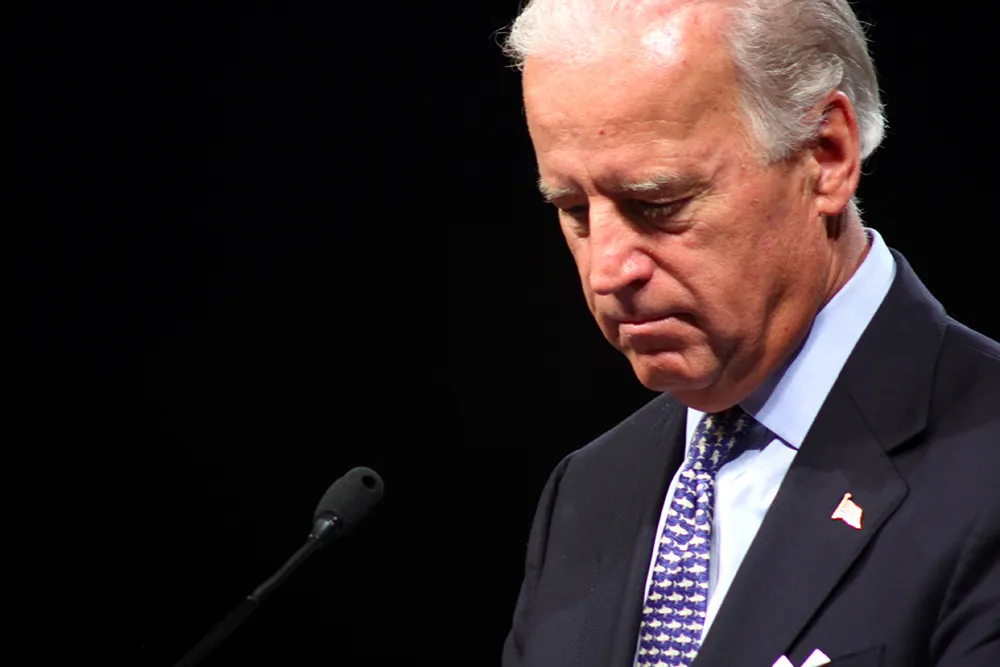U.S. Undersecretary of Transportation for Policy Polly Trottenberg called for greater public/private partnerships in the transportation industry during her keynote address Monday morning, citing ITS technology as key to cost-efficiently modernizing aging infrastructure in the U.S.
April 22, 2013
Read time: 2 mins

U.S. Undersecretary of Transportation for Policy Polly Trottenberg is calling for greater public/private partnerships in the transportation industry during her keynote address Monday morning, she cited ITS technology as key to cost-efficiently modernising aging infrastructure in the U.S.
“The [U.S.] DOT is migrating to a performance management system that will be more data driven and outcome based to deliver greater value to taxpayers,” Trottenberg said in front of a receptive audience at560 ITS America 2013.
One of the ways private enterprise can help shape public policy is through data, analysis, Trottenberg said in an interview with ITS Daily News the day before her speech, she also mentioned the ability to take the rich data that public agencies collect to create useful applications for the travelling public.
In the interview, Trottenberg described the current state of public/private partnerships and the need to involve private enterprise earlier in the process. In its existing form, state DOTs typically wait until projects are approved and designed before engaging with the private sector—and that’s usually because there are budget issues that only innovation and efficiencies provided by the private enterprise can solve.
Instead, Trottenberg said that private companies need to be involved in the planning and design phase—and that’s where ITS providers are needed the most.
Trottenberg also announced two initiatives at the DOT aimed at encouraging better engagement with the industry, including an award program to honor innovative ITS professionals and a Datapolooza event where the Federal Government and ITS companies can learn how to take advantage of the data collected by the DOT.
“The [U.S.] DOT is migrating to a performance management system that will be more data driven and outcome based to deliver greater value to taxpayers,” Trottenberg said in front of a receptive audience at
One of the ways private enterprise can help shape public policy is through data, analysis, Trottenberg said in an interview with ITS Daily News the day before her speech, she also mentioned the ability to take the rich data that public agencies collect to create useful applications for the travelling public.
In the interview, Trottenberg described the current state of public/private partnerships and the need to involve private enterprise earlier in the process. In its existing form, state DOTs typically wait until projects are approved and designed before engaging with the private sector—and that’s usually because there are budget issues that only innovation and efficiencies provided by the private enterprise can solve.
Instead, Trottenberg said that private companies need to be involved in the planning and design phase—and that’s where ITS providers are needed the most.
Trottenberg also announced two initiatives at the DOT aimed at encouraging better engagement with the industry, including an award program to honor innovative ITS professionals and a Datapolooza event where the Federal Government and ITS companies can learn how to take advantage of the data collected by the DOT.










